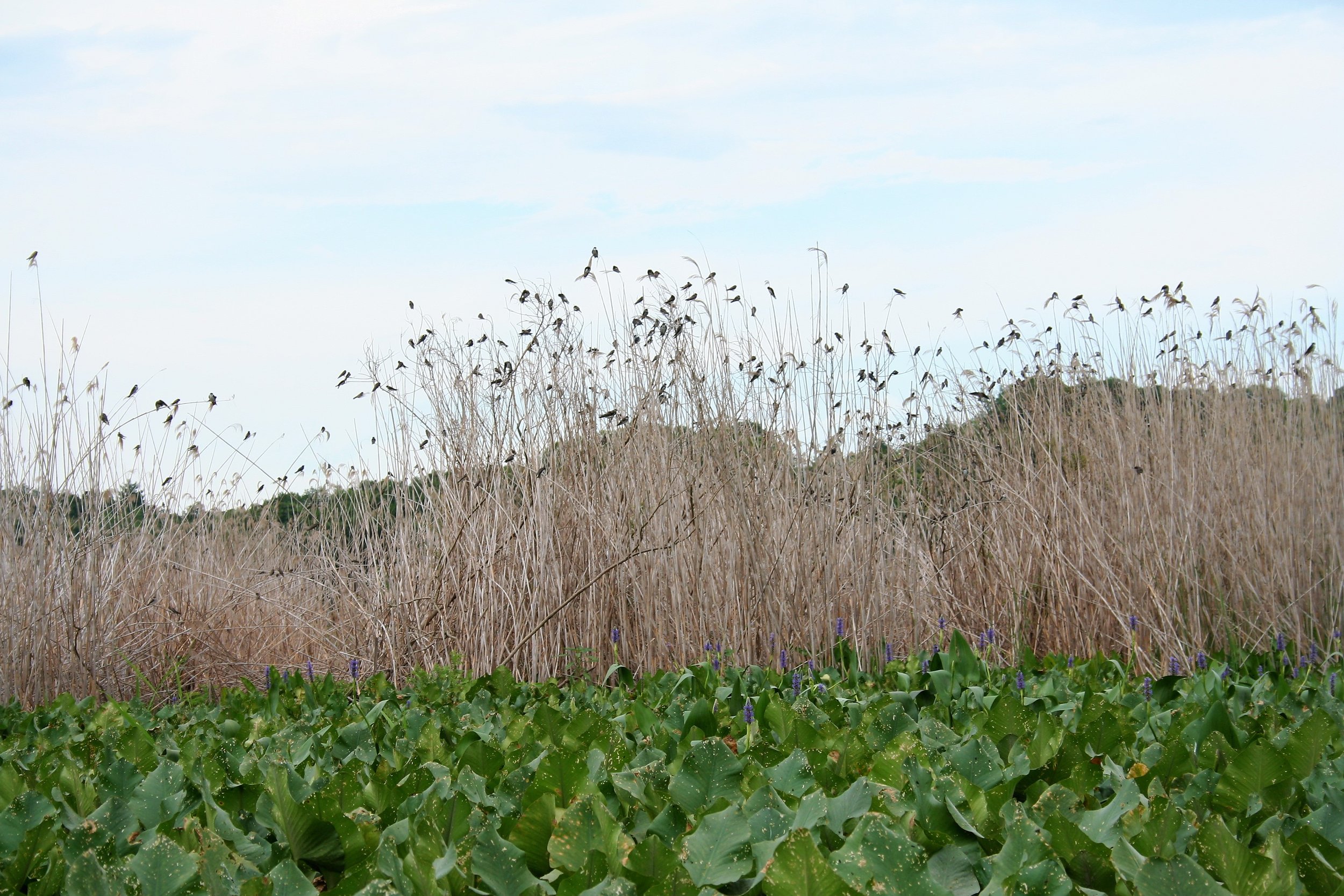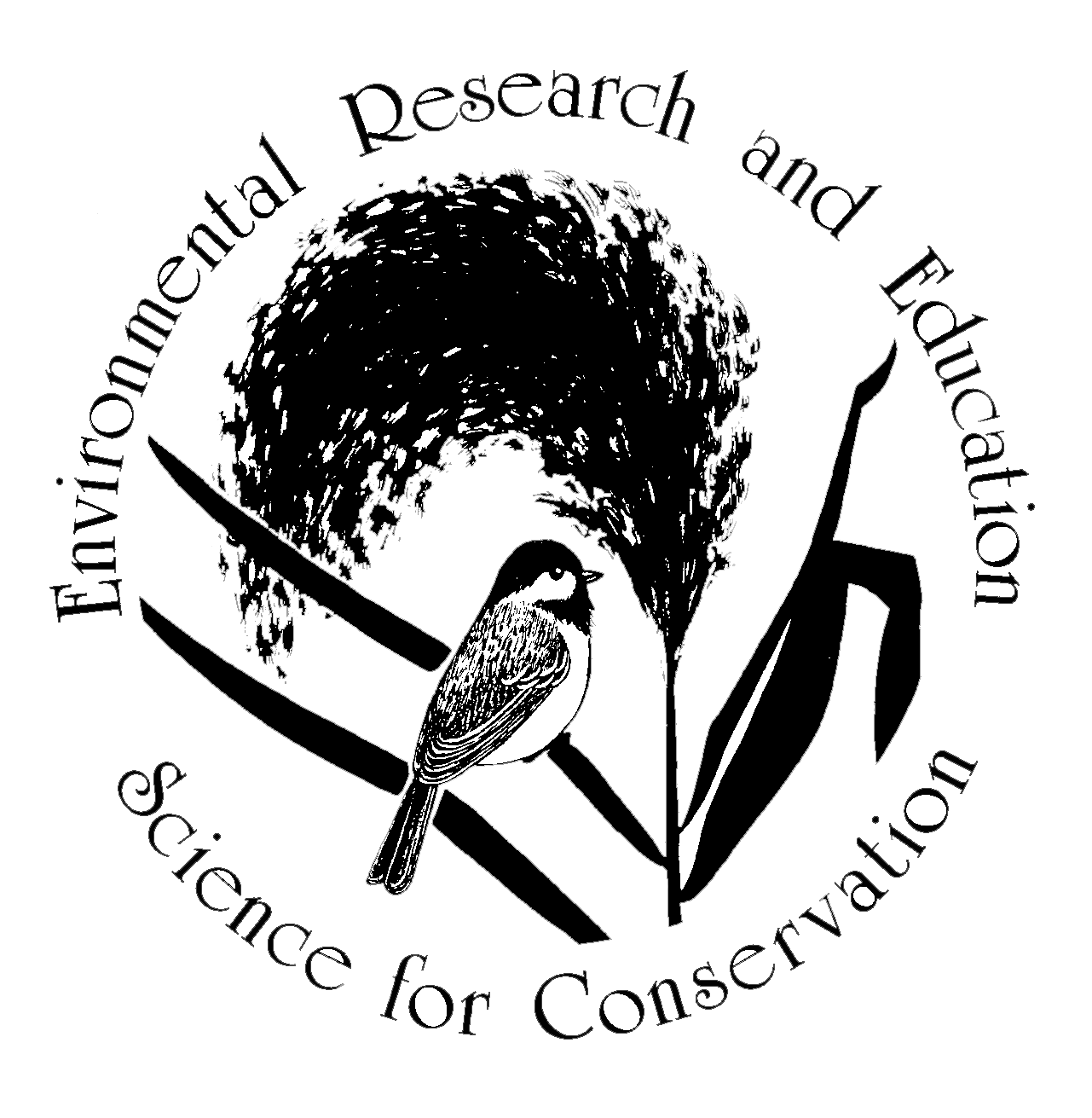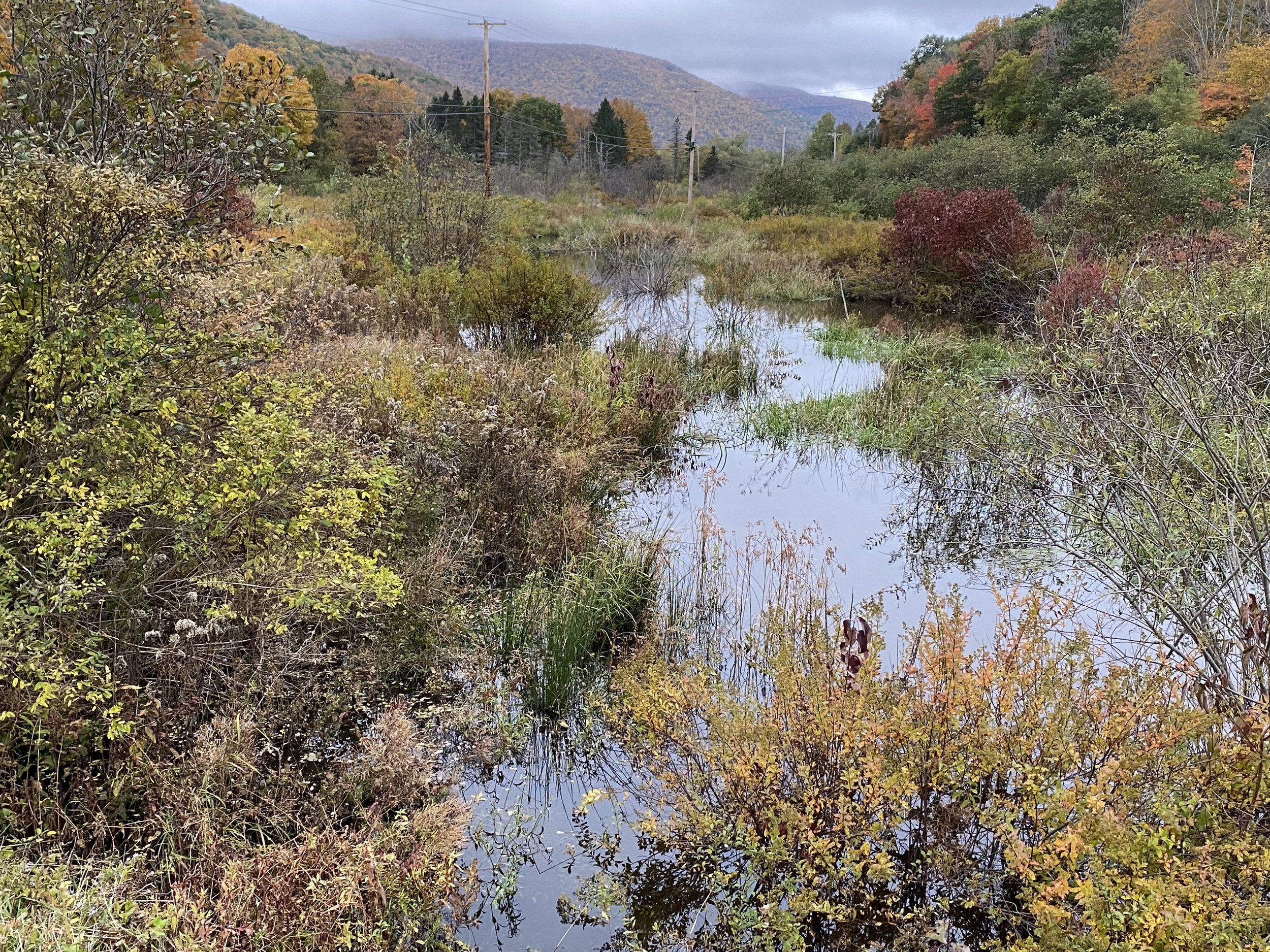
Field Science—Pure and Applied
for stewards of our lands, and naturalists for years to come
The wildlife and plants we feature on these pages are adapting to the altered habitats of our world, some heavily so, in ways not yet fully understood. Rare species may shelter in unexpected places, in ditches or crumbling walls. Birds and bats may nest in abandoned mines, a shoreline plant may be slowly migrating to higher ground. Understanding and respecting the complex relationships of species, whether threatened or still abundant, to their habitats is critical to their survival.
That’s why three regional ecologists founded Hudsonia four decades ago. Well-versed in the importance of putting accurate science in the hands of those determining the fate of our surroundings, they went out into the landscape to document significant habitats around the region.
Climate change and sea level rise accelerated over those decades. Our studies chronicle the occurrence of plants and animals as they respond to the changing environment, potentially seeking refuge in the cool spots of our transformed landscape.
Ecological theories may age, but sound field biology is relatively ageless. We intend our work, valuable as it is now, to meet our responsibility to naturalists in the coming centuries.
We have now mapped or surveyed over 2,000 square miles. Our documents are available here, and in effective use by regional land-use decision makers, both public and private.
There’s a lot more ground to cover, and that’s why we’re still out in the field today.
We invite you to become part of our effort.
Sign up to be the first to know about our events and to receive updates on our work!
Our work includes education and training of private citizens and professionals, basic and applied research on rare species and their habitats, wetlands and estuaries, and the study of nonnative and overabundant plants and other threats to biodiversity.







